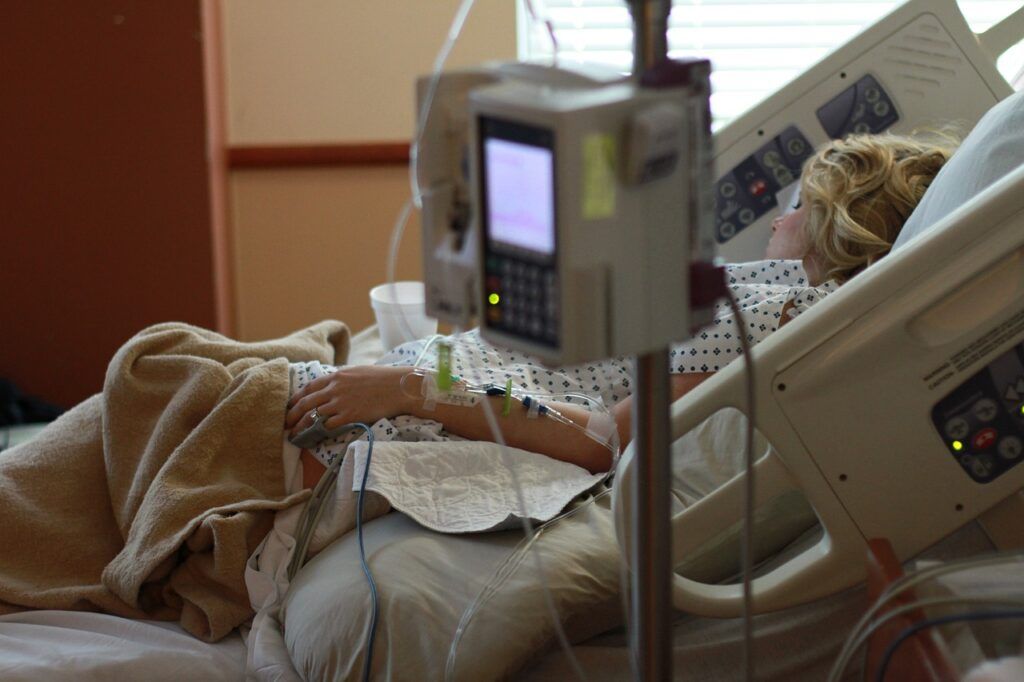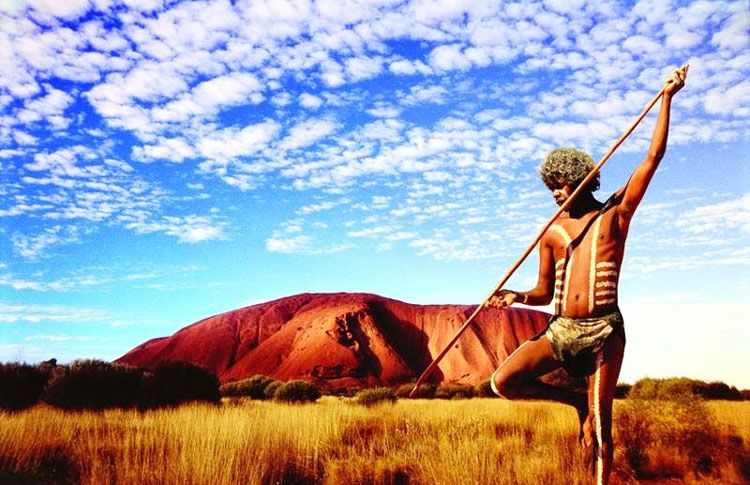Spending on health goods and services soared by $13.7 billion, reaching a total of $241.3 billion, a new report shows.
The Australian Institute of Health and Welfare (AIHW) revealed the significant increase in health expenditure occurred from 2021-22 and the spike is attributed to the ongoing challenges posed by the COVID-19 pandemic.
The Health Expenditure Australia 2021-22 report indicates that while government spending on health experienced a considerable upturn, expenditures by individuals, private health funds, and other non-government sources exhibited a decrease.
“Total health spending in 2021–22 was equivalent to 10.5% of Gross Domestic Product (GDP), approximately 0.2 percentage points lower than in 2020–21,” AIHW spokesperson Geoff Callaghan said on Wednesday.

“After adjusting for inflation, total health spending grew by 6.0% compared with 2020–21 – higher than the average yearly growth rate over the decade (3.4%). This translated to an average health spending of $9,365 per person in 2021–22 – an increase of $484 in real terms from the previous year.”
Recurrent spending on hospitals, for instance, escalated by $4.2 billion, a 4.6% increase in real terms, with a total of $96.0 billion. This surge was partly driven by an uptick in hospitalisations related to COVID-19 diagnoses, as the healthcare system grappled with the pandemic’s ongoing demands.
In parallel, recurrent spending on primary health care recorded substantial growth, surging by $8.3 billion, marking a robust 10.9% increase in real terms, and reaching a total of $84.1 billion.
This expansion was closely linked to heightened expenses associated with the pandemic, such as expenditures related to COVID-19 vaccines and personal protective equipment. Primary health care spending also encompassed a significant $13.6 billion directed toward unreferred, primarily general practice, medical services.
The Australian Government significantly contributed to this increase, allocating a substantial $105.8 billion toward health spending.
This represented a real increase of $8.4 billion, equivalent to an 8.6% rise from the preceding year. Notably, this allocation surpassed the average annual real growth observed in the decade leading up to 2021-22, which was 3.5%. Moreover, it outpaced the 2020-21 figures, which had seen a 7.6% increase.
State and territory governments also boosted their investments in healthcare, allocating a combined $70.2 billion, indicating an 11.0% increase amounting to $6.9 billion in real terms from 2020-21. This rise stood well above the decade’s average of 4.0%.
Government spending was further channelled through the National Partnership on COVID-19 Response (NPCR), totalling $12.8 billion, with $6.6 billion stemming from the Australian Government and $6.2 billion contributed by state and territory governments. Additionally, the Australian Government allocated an estimated $12.1 billion through specific COVID-19 Department of Health and Aged Care programs, outside the NPCR.
However, the research also noted a decline in health spending by individuals, experiencing a 0.9% decrease in real terms, reaching a total of $33.7 billion during 2021-22. Moreover, expenditures by private health insurance providers witnessed a notable decline, plummeting by 5.3%, equivalent to $1.0 billion in real terms, to reach $17.5 billion.
The report highlights the intricate interplay of factors shaping health expenditure trends in Australia, particularly in the context of the ongoing COVID-19 pandemic. It underscores the evolving nature of the healthcare landscape and the necessity of continued adaptation to address the healthcare needs of the nation.
“It is likely that COVID-19 restrictions and temporary suspension of non-urgent elective surgery and non-essential treatments in most states and territories resulted in lower spending by individuals, private health insurance providers, and other non-government entities in 2021–22,” Mr Callaghan said.
It comes after Australia’s healthcare rating dropped from 7.8 out of 10 in March 2021, to 7.2 in June 2022, the Australian Healthcare Index survey shows.
Major concerns included the cost of private healthcare insurance, emergency department waiting room times and access to mental health care.

